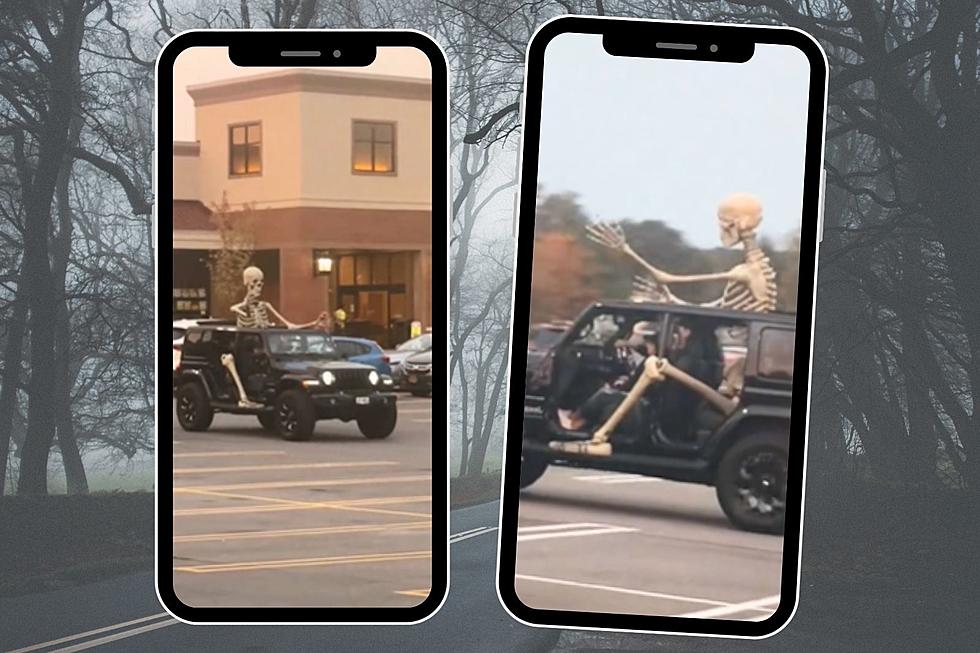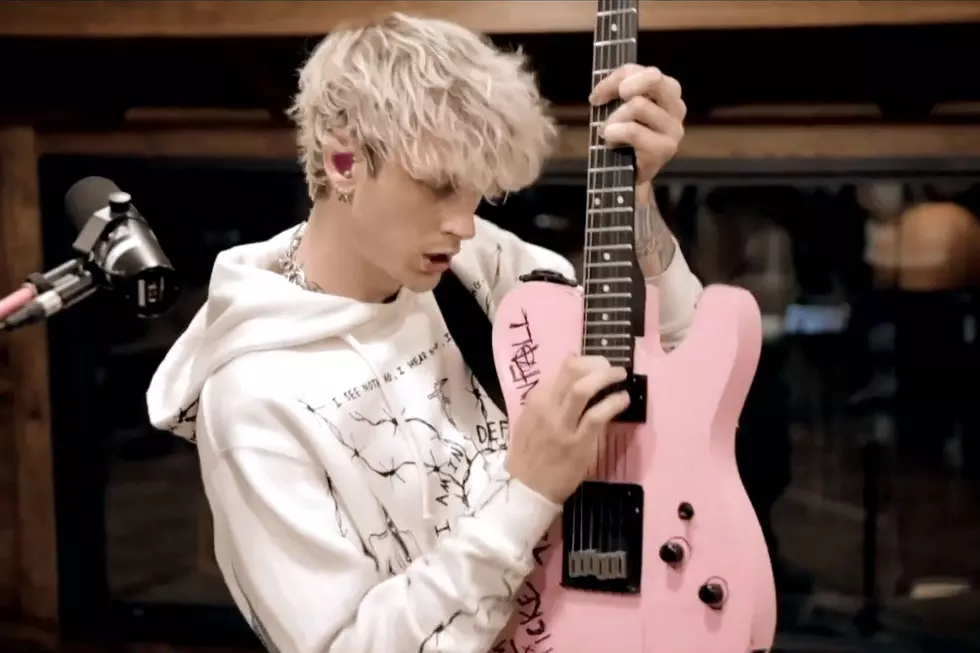
Digital ComicsAlliance: ‘Vengeance,’ ‘Hellsing,’ and ‘Captain America: Gulag’

We're rearranging Digital ComicsAlliance a bit, just to keep things fresh. From here on out, look for an in-depth review of one story and an assortment of brief reviews of other books that are worth reading digitally, posted every weekend. There are a lot of great digital comics out there, and this way we can hopefully cover more ground and put the best books in front of your eyes. This week, let's look at Joe Casey and Nick Dragotta's fantastic Vengeance, Kohta Hirano's goofy vampire action manga Hellsing, and Ed Brubaker and Butch Guice's last arc on Captain America, featuring Bucky in a gulag.
Creative Team: Joe Casey (writer), Nick Dragotta (art), Brad Simpson (colors), Rus Wooton (letters)
Platform: ComiXology (iOS, Web, Android)
Price: $3.99 each
Format: Six issue miniseries

Cape comics are in a weird place. They're pretty well-divorced from their roots as entertainment for children, and decades of writers and artists running wild have left them with a lot of history. At the same time, over-indulging in the usual "Comics aren't for kids!" hot buttons -- violence and sex, mainly -- and digging too deep into that history can easily chase off readers. Finding a way to write stories for adults that fall in line with decades of stories about children's characters seems pretty tough. Miss the mark and you're producing continuity porn, which is perhaps best described as stories that prioritize the connective tissue between other stories ahead of telling a good story, or the same old tired sex and violence tales that are "edgy" but nothing else.
Joe Casey, Nick Dragotta, and Brad Simpsons's Vengeance has featured threesomes with pop stars, implied deviant sex, teenagers making out, decapitations, gunfights, and facial mutilation. On top of that, the Screaming Idol, an incarnation of the Defenders made up of alternate versions of the original squad, an all-new Teen Brigade, and a brand new In-Betweener feature heavily in the series. As a list of bullet points, Vengeance sounds like exactly where cape comics go wrong. As a comic book... Vengeance is pretty great.
When it comes to sex, violence, continuity, and other things that have poisoned the cape comics over the years, it's a matter of how you do it, not the fact that it is in your book. It's all in the execution. In Vengeance, sex happens. The creative team doesn't dwell on the act; there's a shadowed sequence here, some innuendo there, a post-coital chat, and bam, that's it. The sex isn't the focus, and it takes a backseat to the characters and their motivations. It's a storytelling tool, and it isn't there to titillate so much as illustrate. You're reading a story about a bunch of young and sexy superheroes and supervillains. It's natural that something is going to go down.
On the violent side of things, the new Young Masters of Evil are kids who glory in the history of Marvel's supervillains. They're supervillains because they believe in the cause, and being kids, they have to do it bigger and better than their forefathers did. They kill people. They go up against older villains, and some of them die. But through it all, the violence never feels gratuitous. Dragotta and Simpson, on art and colors respectively, know how to show you violence that grosses you out on purpose, rather than by accident. It feels appropriate to the story, and Simpson's palette and Dragotta's line art are just unreal enough to keep you from recoiling in disgust, but still real enough to keep you interested. This is an extraordinarily fine line they're walking, but they do it with ease.

There's a tendency amongst comics fans to expect everything to matter, or at least be explained. "Why doesn't Power Girl have a logo? What's going on with Gambit as a Horseman of Apocalypse? Why did Superman outrun Flash in this scene?" Kieron Gillen recently wrote a post discussing cape comics and accessibility. I found it very interesting to read, but the really stunning part was that one of the most common questions regarding his relaunch of Uncanny X-Men was "Why are the X-Men in San Francisco?" I feel like, at a certain point, it's better to stop asking for explanations and just go along for the ride. Roll with the punches.
Joe Casey is throwing a lot of punches in Vengeance, from hooks and haymakers to rabbit punches and vicious low blows. He's strip-mining the breadth of Marvel's history, including his own runs on several Marvel titles. Sugar Kane and Stacy X, the pop star and mutant prostitute from his run on Uncanny X-Men, appear in the first issue. The In-Betweener is a classic Marvel villain. Larry Young, aka Jack Truman, shows up, and he used to be a Deathlok and an agent of SHIELD. The Screaming Idol, a concept from '60s-era Dr Strange comics, popped up in issue four. If you wanted to annotate Vengeance, you have plenty to play with.
It's easy to get lost in the minutiae, but that would be a mistake. It doesn't matter where any of this stuff came from or who fought it last. All that matters is that it's here and someone has to deal with it. Casey gives you enough to latch onto the story and then sends you rocketing off into the chaos of the story. You could look the In-Betweener up on Wikipedia and maybe gain some insight on the character, but I didn't. I read Vengeance instead, where it's clear that he's 1) mystical, 2) a little creepy, and 3) cryptic. With that info, I'm off to the races. Casey sneaks in a few infodumps that keep you up to speed and the plot moving along, but at the heart of it, Vengeance is a comic that respects your intelligence. Casey knows you don't need to know everything about Barnell Bohusk or Angel Salvadore or stupid old Nighthawk to understand Vengeance.
Read Vengeance. You're going to find it dense, exciting, and actually pretty funny. It's a particularly enjoyable cape comic that manages to perfectly walk that fine line between comics for adults without tilting over into cornball exploitation. It's a book full of people who are in love with their roles, free of doubt, and perfectly willing to embrace the title of superhero or supervillain. Vengeance is pure cape comics, in a way, and it's a book that is totally in love with the idea of superheroes. It's just moved them a bit further toward the modern day.
One last thing. This is Miss America Chavez:


Best new character Marvel has had in ages. Roll with her or get rolled over.
Creative Team: Kohta Hirano (cartoonist), Duane Johnson (translation), Wilbert Lacuna (letterer)
Platform: Dark Horse (iOS/web)
Price: $5.99 each
Format: Ongoing series

Let me throw some key concepts at you. The Hellsing family fights the supernatural on behalf of Her Royal Majesty the Queen. The Hellsing family is currently led by Sir Integral Fairbrook Wingates Hellsing, a twenty-something woman who has a secret. That secret is Alucard, an ancient and enormously powerful vampire who submits to her will. Alucard turns a young policewoman named Seras Victoria into a vampire, but soon finds that Seras has a bit of a problem with drinking blood. The Vatican has its own undead hunters. They're known as Vatican Section XIII, Iscariot. They don't have vampires, but they do have Father Alexander Anderson, a Scottish monster hunter who uses knives to get the job done. There are also Nazis (and Nazi werewolves!), vampire spree killers, an apocalypse in the making, some great action scenes, and a whole lot of really solidly goofy jokes. Hellsing is great fun, equal parts creepy and cool.
Creative Team: Ed Brubaker (writer), Butch Guice (artist), Stefano Gaudiano (artist), Chris Samnee (artist), Mike Deodato (artist), Bettie Breitweiser (color art), VC's Joe Caramagna (letters)
Platform: ComiXology (iOS, Web, Android)
Price: $1.99 each
Format: #616-619

Ed Brubaker's run on Captain America has lasted a good long while, and he's managed to maintain a very consistent level of quality for the vast majority of it. We've seen Steve cede the shield and cowl to Bucky, watched Bucky come into his own, and then watched it all fall apart. Gulag is the swan song for this run, and it's all about Bucky's troubles in a Russian prison.
Butch Guice, an artist I've talked about before, is doing some pretty incredible work in this short story. Bucky's mopey facial expressions and the fight scenes are equally well-executed. This story is a murky and paranoid one, with shifting alliances, prison gangs, giant bears, robot men, and all of the things that make Captain America comics fun coming into play. Brubaker, Guice, and the rest of the gang mixed espionage with prison drama and came up with something pretty sweet.
More From ComicsAlliance









